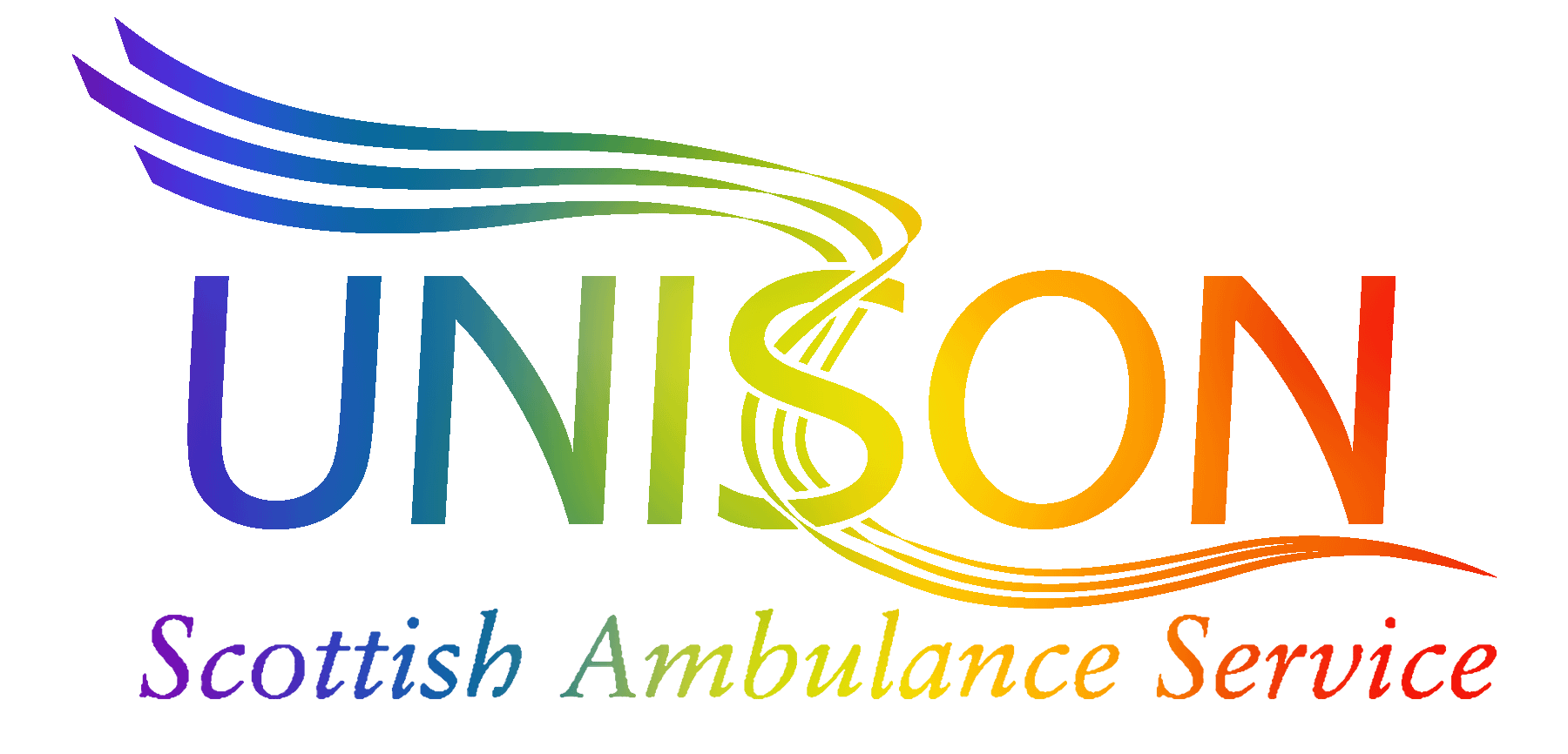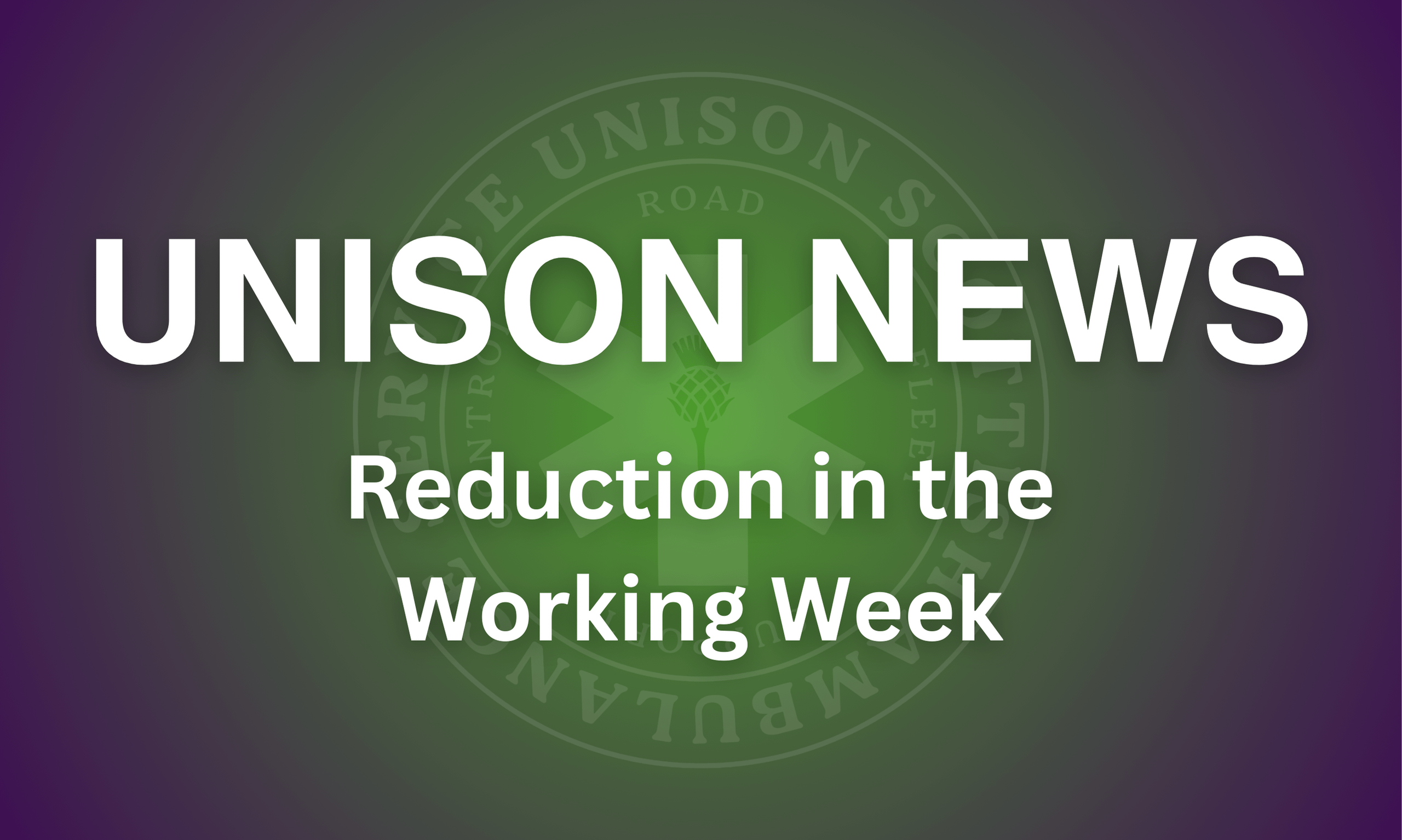At Unison, we have always championed inclusivity and diversity in every workplace across Scotland. The latest census figures, revealing that almost 184,000 Scots identify as LGB+ and nearly 20,000 as trans or having a trans history, reinforce the importance of our commitment to supporting all members of our community. This data is a monumental step forward in recognizing the diverse identities that make up our nation and will significantly impact how services are planned and delivered to improve lives.
Celebrating the Year of LGBT+ for UnisonThis year, Unison has proudly declared it the Year of LGBT+, dedicating ourselves to amplifying the voices and experiences of LGB+ and trans individuals within our union and beyond. We believe that by fostering an inclusive environment, we can drive meaningful change and set a standard for others to follow.
Breaking Down the NumbersThe 2022 census was groundbreaking as it was the first to include voluntary questions about respondents’ sexuality and trans history. The results were enlightening: 183,869 Scots, or four percent of the population aged 16 and over, identified as LGB+, encompassing lesbian, gay, bisexual, and other minority sexual orientations. Additionally, 19,990 Scots, or 0.44 percent, identified as trans or having a trans history.
This data not only helps us understand the demographics better but also aids charities, local authorities, businesses, and the government in planning and improving services to enhance the lives of LGB+ and trans individuals.
A Closer Look at the Statistics • Bisexual Scots: Of the LGB+ population, 80,260 individuals identified as bisexual, with nearly half of them aged between 16 and 24, and around a third aged between 25 and 34.
• Gay or Lesbian Scots: Another 80,100 individuals identified as gay or lesbian, with 23.1 percent aged between 16 and 24, and 28.6 percent aged between 25 and 34.
• Trans Scots: Among those who identified as trans, 46.1 percent were aged 16 to 24, and 26 percent were aged 25 to 34, highlighting a youthful demographic.
Regional InsightsDundee City Council area had the highest proportion of people identifying as trans or having a trans history at 0.91 percent, followed by the City of Edinburgh and Glasgow City at 0.77 percent each. Meanwhile, the City of Edinburgh had the highest proportion of people identifying as LGB+ at 7.6 percent, with Glasgow City and Dundee City following at 7.1 percent and 6.6 percent, respectively.
A Step Forward for EqualityDirector of Census Statistics Jon Wroth-Smith remarked, “This is the first time Scotland’s census has ever collected data on trans status or history and sexual orientation. We can now say that almost 20,000 people aged 16 and over in Scotland identified as being trans or having a trans history, and almost 184,000 people aged 16 and over identified as LGB+.”
At Unison, we understand the power of this information in driving forward our mission for equality. We remain steadfast in our commitment to support, protect, and celebrate our LGB+ and trans members. These statistics not only validate our efforts but also inspire us to continue advocating for a workplace and society where everyone can thrive, regardless of their sexual orientation or gender identity.
Moving Forward TogetherUnison will use these insights to enhance our support systems, create more inclusive policies, and ensure that the voices of LGB+ and trans individuals are heard and respected. As we celebrate the Year of LGBT+, we reaffirm our pledge to stand with our members, fostering a union that is as diverse and vibrant as the people it represents.
Together, we will continue to build a future where everyone feels valued and empowered. This is our commitment to you. This is Unison.





